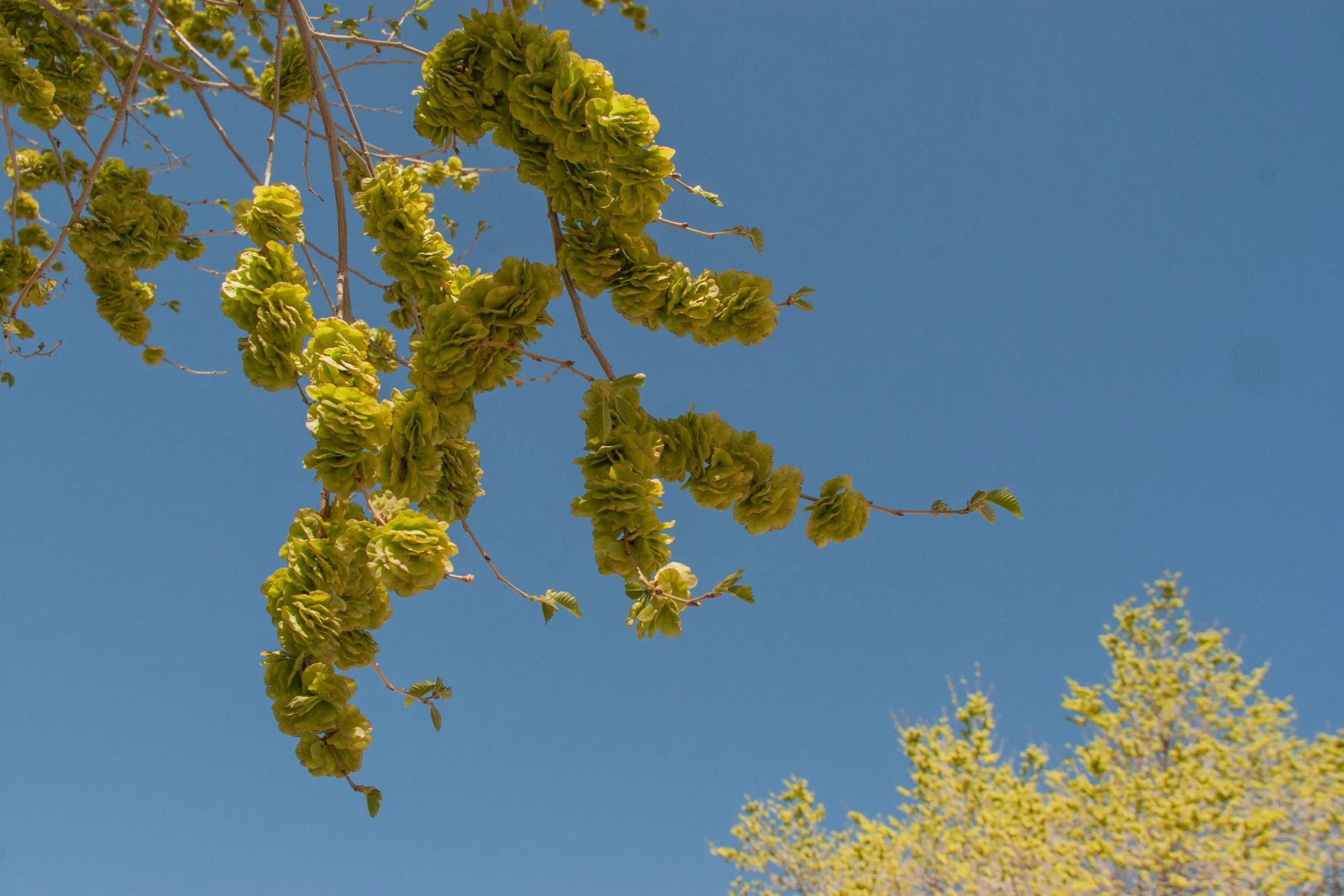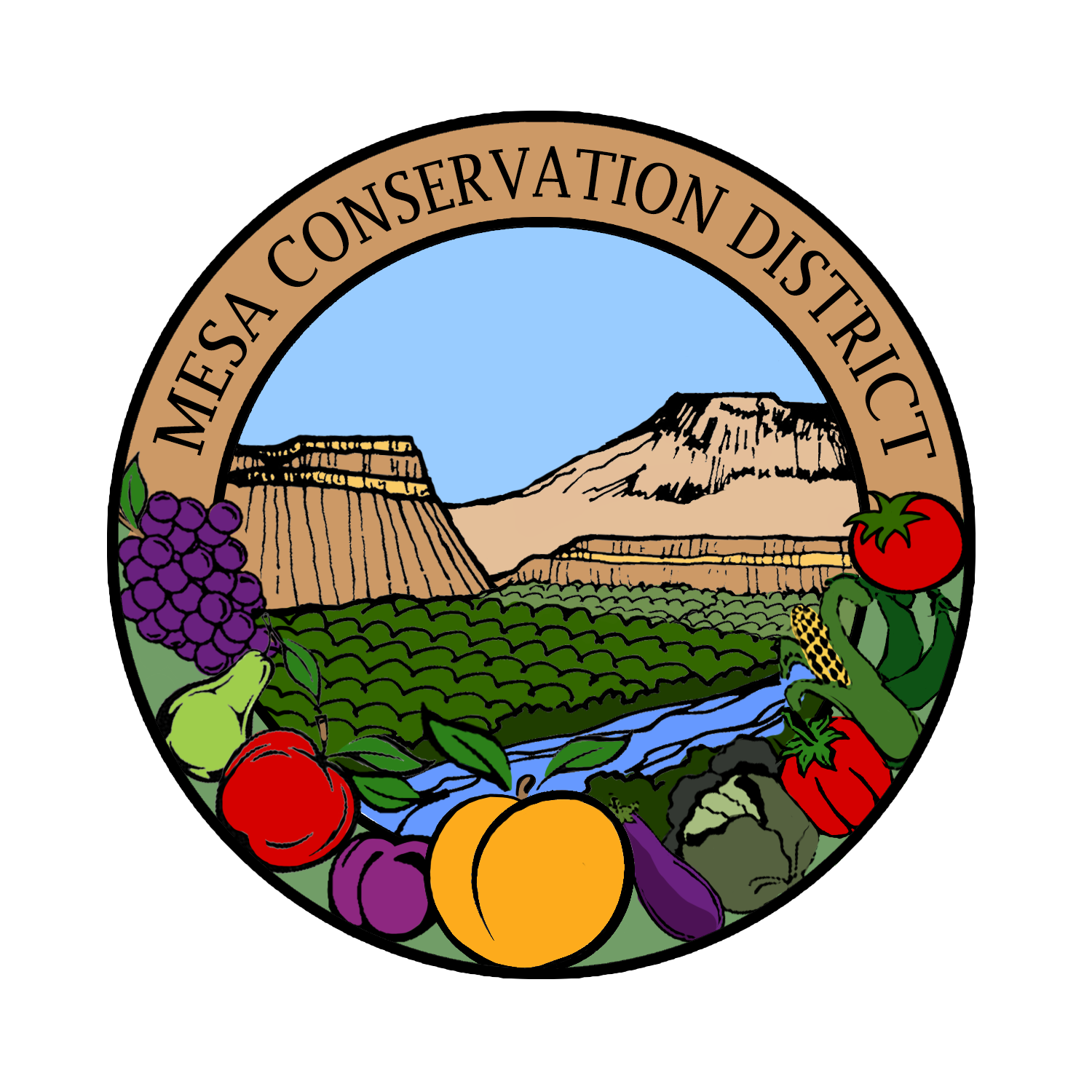
Noxious Weed and Invasive Species Resources
Noxious Weeds
A noxious weed is a weed that has been designated as a plant that is harmful to agricultural or horticultural crops, ecosystems, or humans or livestock. Most noxious weeds have been introduced into an ecosystem. Typically, they are plants that grow aggressively, multiply quickly without natural controls, and display adverse effects through contact or ingestion.
Impacts
Noxious weeds can have a large impact on a landscape. These plants aggressively spread and disrupt natural ecosystems by outcompeting the native plants or cultivated crops. This reduces biodiversity and reduces agricultural productivity while increasing soil erosion. Noxious weed species may also increase fire risk.
Eradication
There is no one best way to eradicate noxious weeds. Like all plants, weeds vary in how they reproduce, how they respond to herbicides, and have varying root structures. Early detection and response are important when controlling noxious weeds. See the State of Colorado's listed noxious weed species below.
-
List A species in Colorado are designated by the Commissioner for eradication. To view plant fact sheet, click the resources below. Examples of species include:
Fewer than 10 known Populations in CO
African rue
Dyer’s woad
Elongated mustard
Flowering rush
Meadow knapweed
Rush skeletonweed
Tansy ragwort
Yellow starthistle
More than 10 populations in Colorado
Cypress spurge
Giant reed
Knotweeds
Myrtle spurge
Purple loosetrife
Yellow flag iris
-
List B species are species for which the Commissioner, in consultation with the state noxious weed advisory committee, local governments, and other interested parties, develops and implements state noxious weed management plans designed to stop the continued spread of these species. Colorado has many List B species but some examples include:
Absinth wormwood
Black henbane
Bouncingbet
Bull thistle
Canada thistle
Chinese clematis
Common tansy
Common teasel
Cutleaf teasel
Dalmatian toadflax
Dame’s rocket
Diffuse knapweed
Eurasian watermilfoil
Hoary cress
Houndstongue
Hybrid knapweed
Hybrid toadflax
Jointed goatgrass
Leafy spurge
Mayweed chamomile
Moth mullein
Musk thistle
Oxeye daisy
Perennial pepperweed
Plumeless thistle
Russian knapweed
Russian olive
Salt cedar (tamarisk)
Scentless chamomile
Scotch thistle
Spotted knapweed
Sulfur cinquefoil
Wild caraway
Yellow nutsedge
Yellow toadflax
For more information on these species, view the resources below.
-
List C species are species for which the Commissioner will develop and implement state noxious weed management plans designed to support the efforts of local governing bodies to facilitate more effective integrated weed management on private and public lands. The goal of such plans will not be to stop the continued spread of these species but to provide additional education, research, and biological control resources to jurisdictions that choose to require management of List C species. Examples of this include:
Bulbous bluegrass
Chicory
Common burdock
Common mullein
Common St. Johnswort
Cheatgrass
Field bindweed
Halogeton
Johnsongrass
Perennial sowthistle
Poison hemlock
Puncturevine
Quackgrass
Redstem filaree
Siberian elm
Tree of Heavan
Velvetleaf
Wild-proso millet
-
Watchlist species that have been determined to pose a potential threat to the agricultural productivity and environmental values of the lands of the state.
The Watch List is intended to serve advisory and educational purposes only. Its purpose is to encourage the identification and reporting of these species to the Commissioner in order to facilitate the collection of information to assist the Commissioner in determining which species should be designated as noxious weeds. Watch list species include:
Baby’s breath
Caucasian bluestem
Common bugloss
Common reed
Garlic mustard
Garden loosetrife
Himalayan blackberry
Hoary alyssum
Meadow hawkweed
Onionweed
Perennial Sweet Pea
Scotch broom
Swainsonpea
Syrian beancaper
Tall Oatgrass
White bryony
Yellow bluestem
Yellow mignonette

Other Noxious and Invasive Weed Resources
Mesa County Noxious Weed and Pest Management
Palisade Insectary
RiversEdge West
State of Colorado Noxious Weeds - Fact Sheets
State of Colorado Noxious Weeds Program

